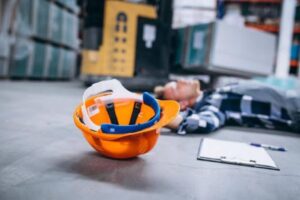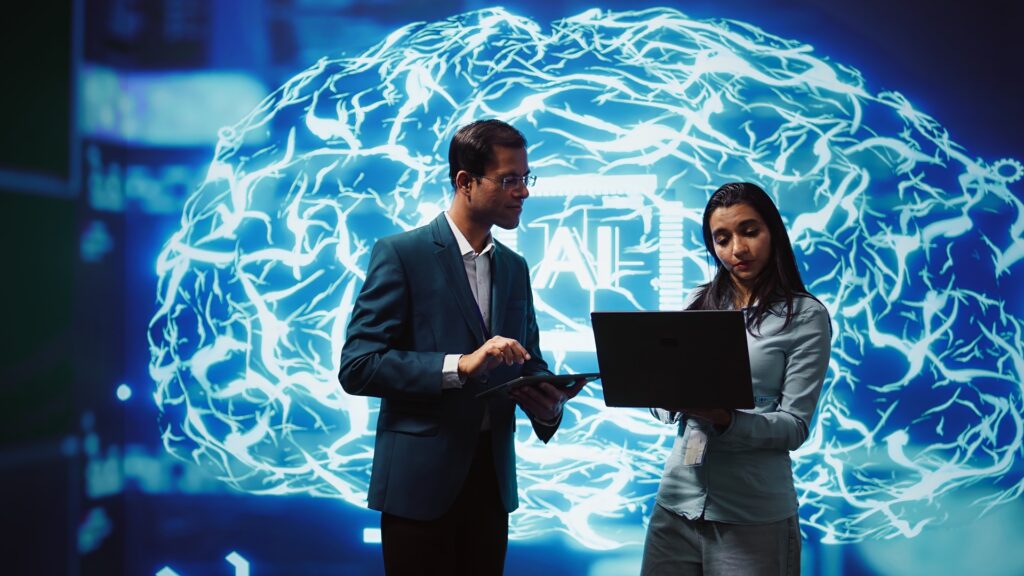
Coworkers using AI neural networks modeled after human brain, brainstorming ways to solve complex problems. IT department staff members using deep learning to look at data and complete tasks, camera B
The risks that employers and workers face are increasing as industrial operations become increasingly complex. Safety models that rely on manual oversight, investigations reactive and checklists are outdated. Artificial intelligence (AI), a modern tool for workplace risk management, is being used by forward-thinking companies to meet the current needs.
AI is not a futuristic addition; it has become a foundation for how businesses monitor, manage, and mitigate risk. The technology provides tools that go far beyond compliance, from real-time monitoring and predictive analytics to web-based applications. It helps businesses protect their employees, reduce downtime, and align safety initiatives to broader business goals.
This article explores how AI is redefining workplace risk management and what this means for future safety leadership.
Risk Awareness in Real Time
The lack of visibility in real time is one of the biggest limitations of traditional safety methods. Inspections, audits, and reports are often done after the event, resulting in gaps and delays. AI can bridge this gap, enabling systems to monitor environments continuously and flag risk as it occurs.
AI-powered computer vision, for example, scans video streams from existing CCTV networks to:
- PPE Violations
- Unsafe equipment use
- Trip and Fall Hazards
- Congestion or unusual movement patterns
The constant monitoring increases the safety team’s situational awareness and allows them to act before an oversight becomes a major incident.
Resulting in Lagged Measures
Traditional risk assessments rely heavily on indicators that are lagging indicators, such as the injury rate or number of lost days. They are useful in measuring past performance but offer little insight into current or emerging risk. AI allows the shift to leading indicators – signals that identify potential problems before they occur.
AI systems can detect patterns by analysing huge volumes of data in real time and history.
- Near-misses that occur frequently in a certain area
- Employee behaviour changes that indicate fatigue or distraction
- Non-compliance with safety protocols during certain hours or days
These insights allow EHS teams to act pre-emptively–modifying shift patterns, issuing alerts, or adjusting floor layouts to prevent incidents altogether.
Accuracy and Reliability
The human-led safety enforcement process can be inconsistent because of unconscious bias, fatigue, or simple oversight. AI systems, on the other hand, follow rules consistently and evenly. They provide objective enforcement and help maintain high standards despite external pressures or variations in management style.
This consistency promotes a transparent and equitable safety culture. Workers know that the expectations are defined clearly and fairly applied, which increases both compliance and confidence.
Scaling safety in multi-site operations
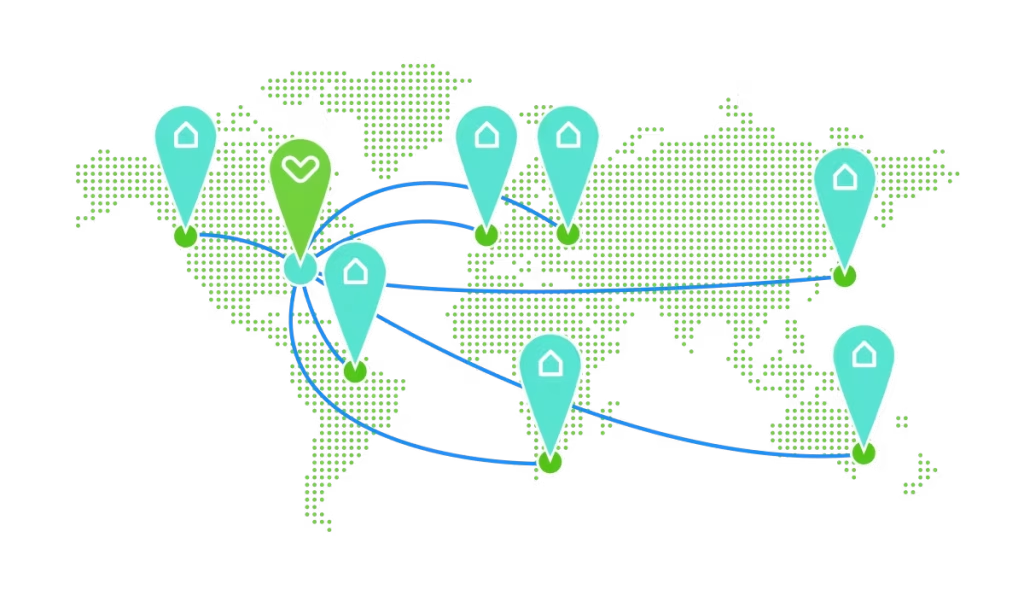
Standardising safety procedures across multiple sites and tracking performance can be a challenge for organisations with multiple locations. AI platforms offer centralised control, as well as distributed insights. Data can be consolidated in one location and benchmarked uniformly, whether a company runs warehouses, factoriesor o construction zones.
This visibility allows leadership to:
- Find high-performing sites and copy their practices
- Focus interventions on areas of rising risk
- Train to scale
Cloud-based AI can help teams coordinate safety initiatives across the enterprise without sacrificing adaptability at the local level.
Integrated Compliance Support
EHS teams are under increasing pressure to stay compliant with ever-changing health and safety regulations. AI automates compliance monitoring and reporting, reducing this administrative burden. The systems can record safety violations, produce audit-ready reports, and provide timestamps, video clips, and other supporting evidence.
It helps businesses respond quickly to inspections, demonstrate transparency, and avoid regulatory penalties.
Reducing human error without replacing people
The AI used in workplace safety was designed to complement, not replace, human expertise. AI does not replace safety officers or managers on the frontline, but rather gives them tools that will help them do their job more efficiently. It relies less on memory, intuition, or observation alone. This allows for more time to be spent on strategic activities like coaching, planning, and engagement.
AI can also improve communication. It helps EHS professionals make a convincing case for change by visualising data on risk and showing trends over time.
Making Risk Visible for Executives
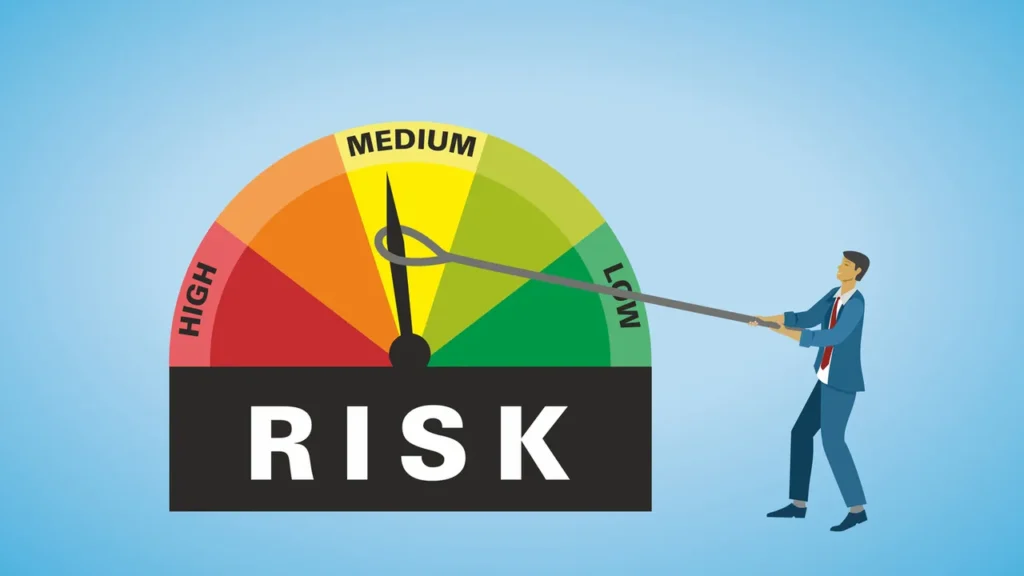
Visibility at the executive levels is a long-standing challenge in workplace safety. Risk is often isolated within operations, and this limits the support given to safety teams. AI can change this dynamic by transforming safety data into dashboards with KPIs that are meaningful to senior management.
Executives are more likely to prioritise investments and set clear expectations when safety performance can be tracked as any other business metric. This alignment encourages a safety-first mindset in departments and makes risk management a common goal.
Looking ahead
AI innovation is increasing in speed. What began as pilot projects that were quickly adopted by enterprises are now considered enterprise standards. We can expect AI safety systems to be integrated with other operational platforms in the next few years, from human resources to scheduling and logistics to quality and quality assurance.
This convergence will transform workplace management risk into a fluid and intelligent system capable of anticipating hazards, adapting to them in real-time, and learning through every interaction.
Early adoption of this transformation will reduce incidents, improve compliance, and create safer, smarter, and more resilient operations.
Continue Reading
This report on workplace safety and AI trends provides more insight into the emerging technologies in safety management. This report highlights the key trends of how AI is being used in high-risk industries and the benefits that are already being realized.
The shift to AI-enhanced management of risk is already in progress. It’s not a question of if but how fast businesses will adopt AI-enhanced risk management.
Increasing Frontline Workers’ Engagement
One of the many benefits is their ability to improve communication and engagement among frontline teams, which is often overlooked. AI can be used to uncover specific and actionable insights, such as the frequency of violations in a particular area or at a certain time. This allows organisations to involve their employees in developing safety solutions.
Safety initiatives can be collaborative instead of being a top-down directive. Workers can see examples of unsafe practices and offer their context. They can also participate in the solution-building process. This bottom-up loop reinforces ownership and improves morale. It also makes safety culture more durable.
